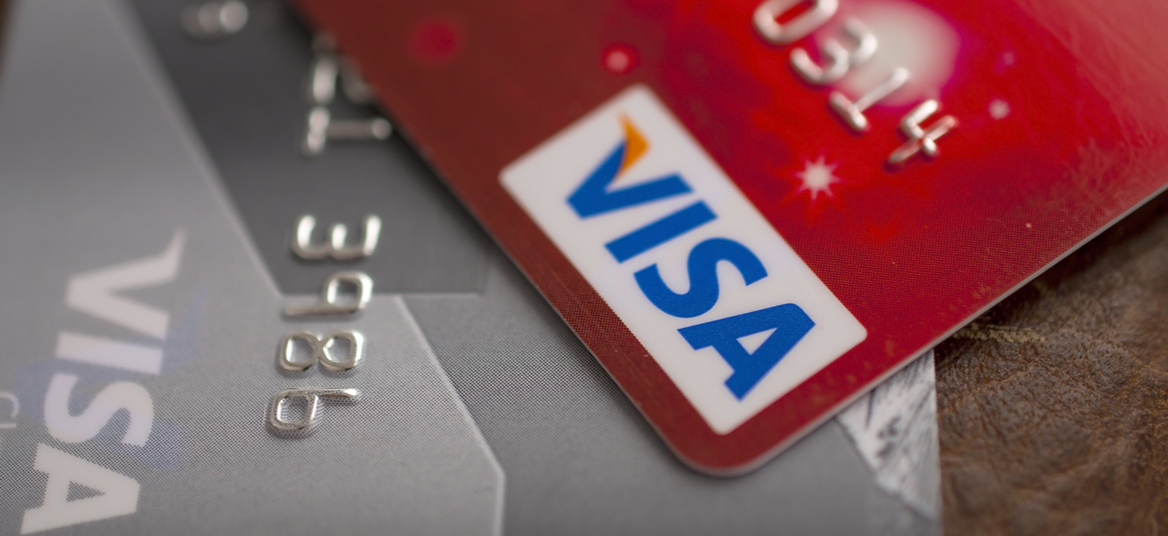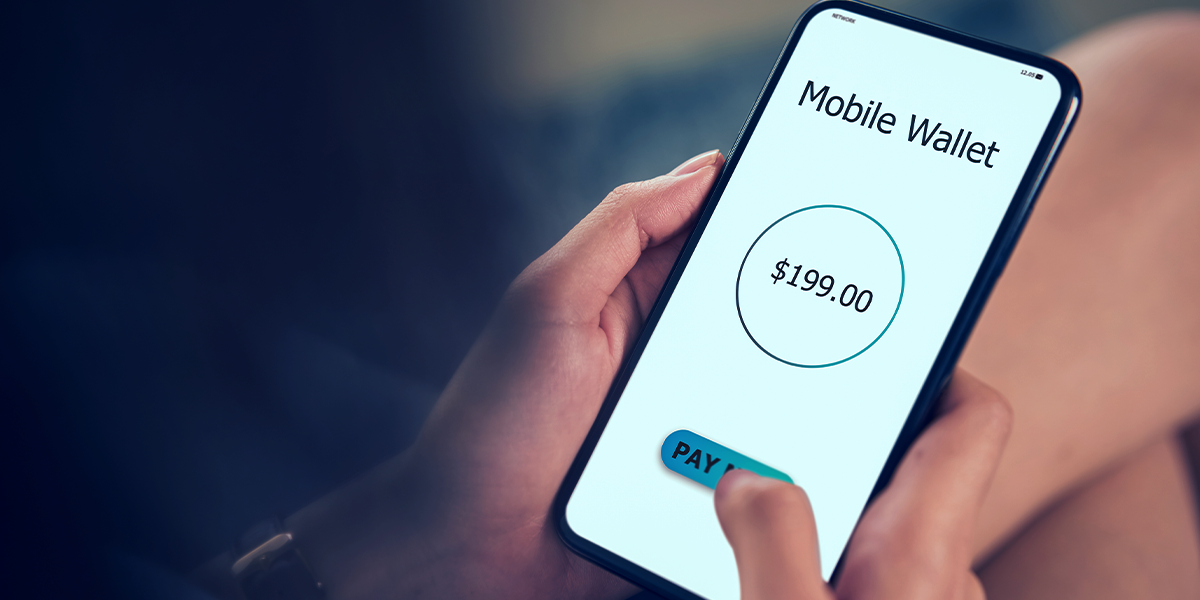But, sometimes, it just takes a little time and innovation to make the most of a new technology. QR codes are coming back in a big way, facilitating mobile payments for users around the globe. Digital marketing firm Juniper Research predicts that the use of QR codes for electronic payments will surge over 300% over the next five years. Retailers and tech companies are paving the way for this incoming QR explosion, with Apple - at long last - embracing QR codes, by putting an integrated QR code scanner into the iPhone camera app. Previously, a third-party app was required for iPhone users to scan QR codes. China is ground zero for the QR code renaissance, with QR-enabled mobile payments displacing cash as the preferred transaction payment method, from street vendors to high-end department stores, bypassing credit and debit cards completely. The collective total of these mobile payments surpassed $5.5 trillion dollars last year, with most of that figure coming from QR code payments on the WeChat and Alipay apps. Recognizing that these payments represent a huge chunk of their consumer economy, China is taking steps to regulate and standardize mobile payments. Where China goes, other countries in its economic sphere follow. India, for example, has taken steps to reduce the amount of cash circulating in its economy, with QR code payments enabled by mVisa filling in the gaps. In many other countries, where access to traditional banking companies is limited and cash is unreliable or hard to come by, mobile payment systems have been eagerly adopted, giving financial empowerment to many people who had been shut out of consumer markets in years past. The big question facing businesses looking to facilitate QR code payments is whether to adopt merchant-presented or customer-presented QR codes for payment scanning. With a merchant-presented QR code, the customer rings up their items for purchase, and then the merchant's point of sale system produces a QR code for the customer to scan with their mobile device. This tells the customer's mobile payment app or eWallet how much they're being charged, and the customer's device sends a payment for the total charge to the merchant. In a customer-presented QR code system, a customer might scan their purchases with their mobile device and then generate a QR code on their device's screen, to present for scanning at the merchant's point of sale system. The merchant would then request a payment for the total amount. Consumers tend to consider three factors, when deciding on method of payment: ease of use, simplicity, and security measures. Many of the big, early adopters of QR code payment systems, like Walmart, have gone with merchant-presented codes. Both methods allow for greater data security than traditional systems, in which the merchant's point of sale system reads payment information off of a card and initiates the transaction. When the consumer retains all of their payment information on a private device and "pushes" the payment to the merchant's bank, the risk of having customer information compromised by fraud or a security breach is greatly reduced. It's not necessarily an either/or choice between merchant-presented and customer-presented methods. Different markets and different types of transactions may favor one method over the other, and EMVCo, the organization that standardizes payment protocols for the major chip card companies, has issued guidelines for both methods. However, the choices made by the heavyweight retailers and e-commerce companies are likely to influence consumer expectations, in terms of which side of the transaction presents the code and which side scans it. The advantages of using QR codes for e-commerce may seem less obvious than the ways in which they can streamline and speed up brick-and-mortar store transactions, but the security and cost benefits of scanning QR codes for payment could mean that the days of e-commerce companies saving credit card data for future purchases are numbered. Stored card data is the big prize for most of the digital thieves who attempt to hack into e-commerce companies' servers. When a customer's card information never leaves their own device, there's nothing for the hackers to steal. With QR code payments, the web is no longer the platform on which the transaction takes place—everything happens on the customer's device. QR code payments may still be an emerging concept, especially in the United States, but as more retailers encourage their adoption, with app-enabled loyalty programs and promotions, more and more consumers will be sold on the convenience and advantages of using QR payments, as well as looking to ecommerce companies to provide the same checkout experience.
QR Codes: The Future of Mobile Payment Systems?

The "QR" in QR code stands for "quick response," and, for the last few years, most people's quick response to seeing a QR code is to move right along, expecting little more than a redirect to a marketing website. QR codes quickly went through a phase of near ubiquity after they went mainstream, however there often just wasn't much substance to the content they linked users to, and people stopped taking QR codes seriously.QR Payments Are Already the Standard in China
The Big Choice: Merchant v. Customer Presentation
QR Codes Could Shift the eCommerce Transaction Paradigm

